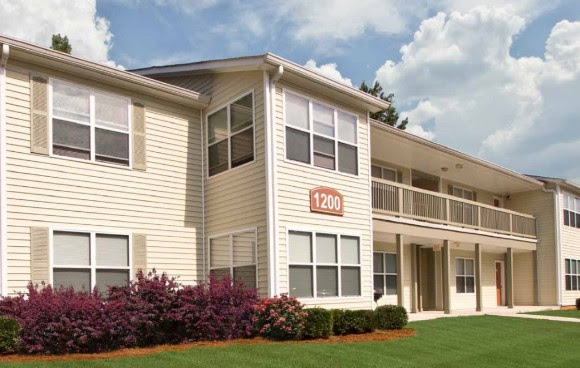
SUBURBAN MARKETS CONTINUE TO OUTPERFORM CBDS
MULTIFAMILY PROPERTIES IN THE SUBURBS EXPERIENCE LOWER VACANCY RATES

Hollywood July 19, 2016
Multifamily development projects in central business districts and urban areas tend to get a lot of attention in the media simply because of their high visibility, but recent data shows that many of these properties are posting higher vacancy rates than they were a year ago (6.3 percent now vs. 5.6 percent then).
Development vs. demand
In some areas, experts say it is easier for developers to secure land and permits in these urban cores, but that the rental demand often does not match the new inventory. On the flip side, attractive suburban areas are more difficult for developers to access, which means that existing suburban apartment homes are becoming a hot commodity.Analyst Jay Parsons notes that the number of apartments in urban areas is growing at 5 percent per year, but:“In comparison, the number of apartments in the suburbs is growing by less than 2 percent a year, and will stay below 2 percent for the foreseeable future, according to MPF. ‘Developers—and the data—continue to tell us that the highest barriers to entry exist in the most desirable, vibrant suburbs…’”—NREI
So, multifamily inventory remains relatively limited in sought-after suburbs, which supports stronger rent growth for existing properties. Rents in these suburban areas, for both A-class and B-class properties, are growing at 6 percent per year (compared to 4 percent in CBDs).
In addition, suburban properties ring in at a lower purchase price for investors and developers, further bolstering their value proposition.
Renters are choosing the suburbs
A recent report by the NYU Furman Center and Capital One shows a growth in the number of renters in the country’s largest metro areas. While the number of renters did increase in CBDs, the majority of rental growth between 2006 and 2014 occurred in suburban markets. According to the report:
“…while the renter populations within principal cities increased by more than nine million, the majority of the growth occurred outside of those cities. Indeed, the renter population in the suburban areas outside principal cities grew by more than a third—by more than 12 million people—between 2006 and 2014.”
In some cities, such as Atlanta, the number of new suburban renters outpaced urban renters by a significant margin (1.6 million suburban renters vs. 0.2 million urban renters in Atlanta for 2014).
In addition, supply has not kept pace with demand in most major markets. According to the NYU report, Atlanta experienced a 40 percent increase in rental demand, but only a 26 percent increase in available rental units. Again, that indicates a strong position for existing properties in the area and supports low vacancies and higher rents for investors.
Affordability is one key factor that encourages renters to opt for suburban apartments, but availability of jobs, desired lifestyle and proximity to transportation also weigh in.
In addition, renters can often find more space for their dollar in suburban settings. A recent study ranked Atlanta No. 1 in the country for apartment size, and suburban apartments in general tend to offer more square footage for a more affordable rent price.

The investment outlook
A recent piece in TheStreet pointed to multifamily properties as one strong option for investors seeking diversification. In particular, investment officer Eric Jones recommended direct investment in multifamily because “public REITs are too correlated to the public market and interest rates in particular.”
In that article, Jones went on to note the benefit of suburban multifamily properties over those in urban cores:
“Jones said higher income suburban locations in major metropolitan areas will outperform urban core for apartment investment. In his view, new supply in urban core areas with slowing growth coupled with investors currently paying too low of cap rate is a recipe to lose money…
He prefers to focus on regions with above-average growth in prime renter demographics and regional economies with strong economic vitality.”
